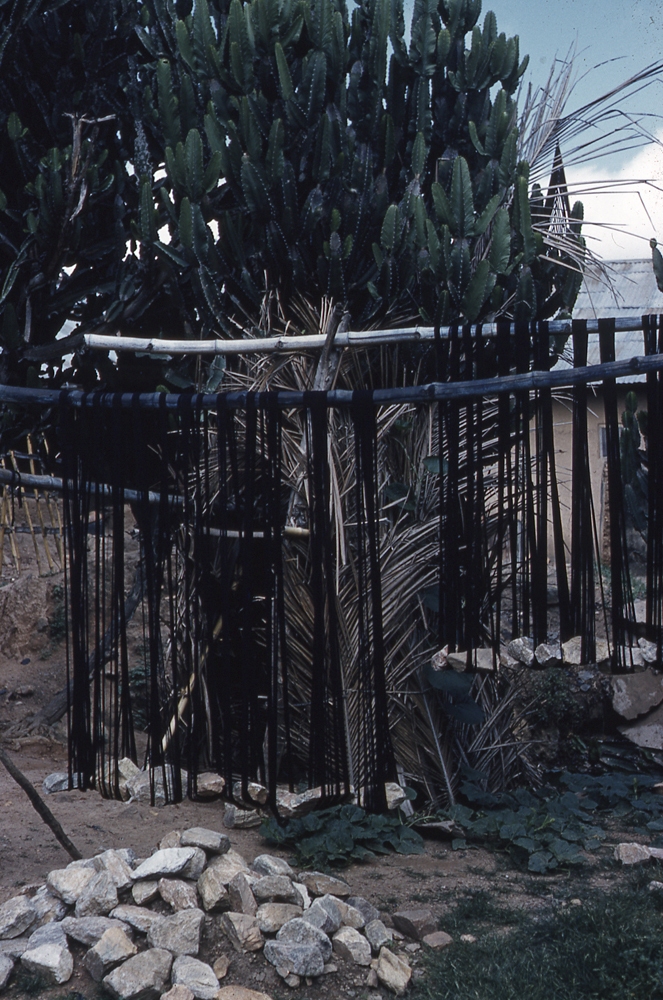
Community Commentary by Ashiyanbi, Akeem Abiodun within research project: 'Rethinking Relationships and Building Trust around African Collections' 2021
The skein is a bundle or length of thread or yarn, wound in a loose long coil used in weaving fabric. The skeins are known locally as owu and are used in the production of the Aso-oke, also called Ofi, a type of fabric which Iseyin is renowned for. The skeins displayed in the picture have been dyed in preparation for weaving and they would be hand-woven into fabric on the vertical or horizontal hand loom. Dyed in indigo, they will be used for weaving the famous aso etu, a popular traditional fabric worn on special occasions by the Yoruba, usually for coronation, chieftaincy, wedding engagement, festivals, naming ceremony and other important events. Aso etu is one of the popular hand-woven aso-oke also known as ofi. The colouration of the etu distinguishes it from the other Aso oke namely Sanyan, which is predominantly khaki coloured and Alaari which is maroon dominant. The striking combination of maroon and blue and at times white, on a dark blue background is what differentiates aso etu from the other types. Generally Ofi or aso oke has gained so many acceptances for introduction and traditional marriage ceremonies among the Yoruba people. This industry is practiced in Iseyin, in the Oke Ogun area of Oyo state, a town quite famous for its production. Iseyin is located in the Oke-Ogun axis of Oyo State and is approximately 100 kilometers north of Ibadan the state capital. The primary industry of Iseyin is cotton-based textiles, and it is reputed as the home of Aso Ofi or Aso Oke,



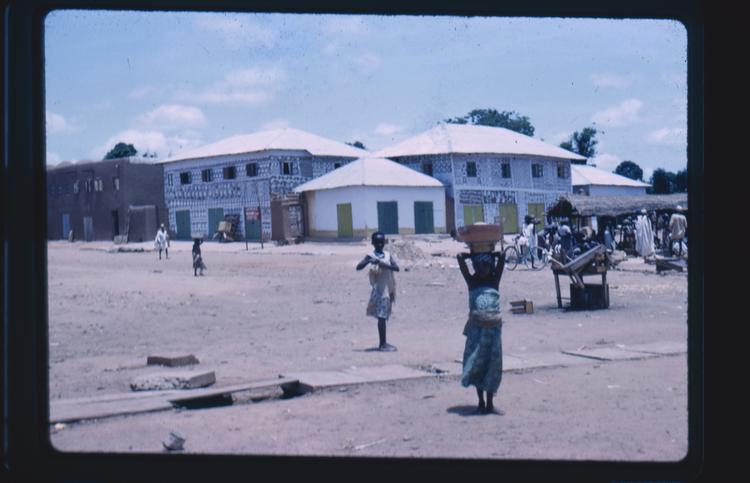
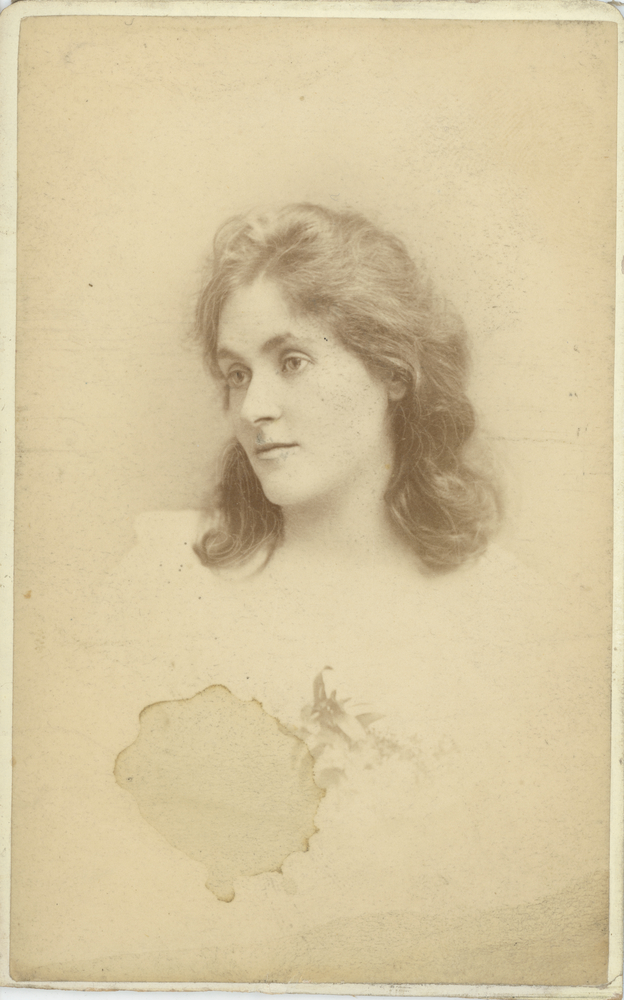
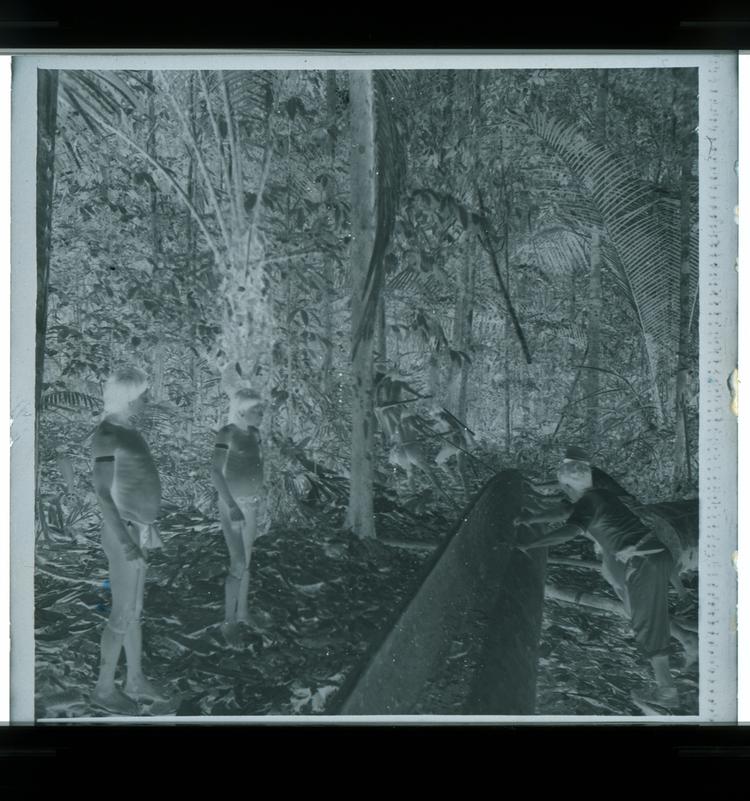
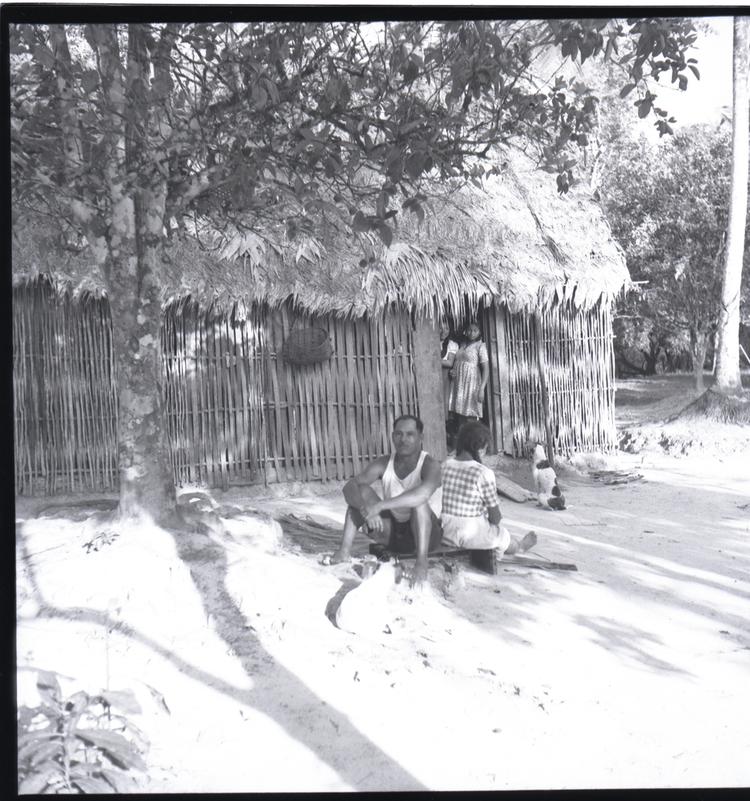
Community Commentary